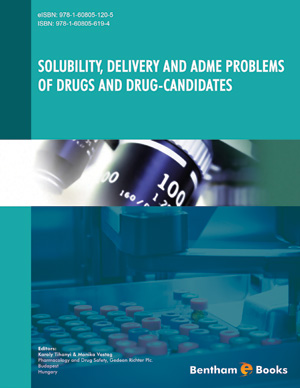Abstract
The success of the drug research and development process depends not only on the intrinsic qualities of the molecules, but also on the way in which these qualities can be revealed. The inherent efficacy of drug candidates can be manifested if a sufficient drug concentration can be ensured at the site of action. The purpose of preclinical formulation is to provide sufficient exposure for the in vivo evaluation and selection of new chemical entities (NCEs). Both conventional formulation approaches (pH adjustment, use of cosolvents and/or surfactants, cyclodextrin complexation) and novel formulations (microemulsions, solid dispersions, nanosuspensions) are described. In addition to describing the formulation technologies, the mechanisms behind their actions and the in vivo functions are discussed. The special formulation requirements of different stages of early drug research, including practical considerations, are also presented.






















